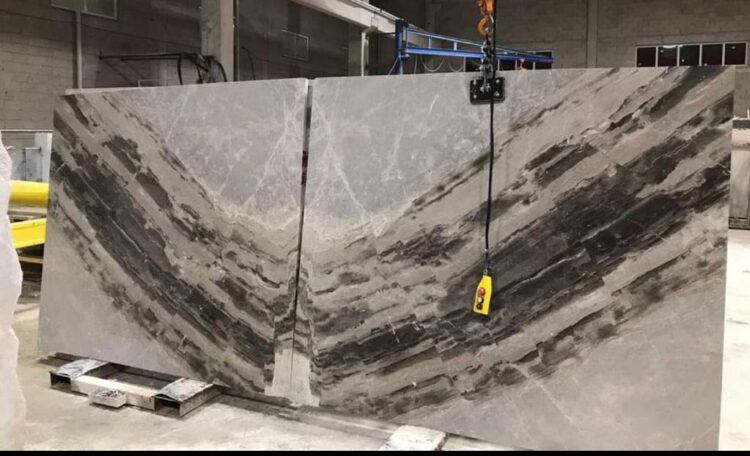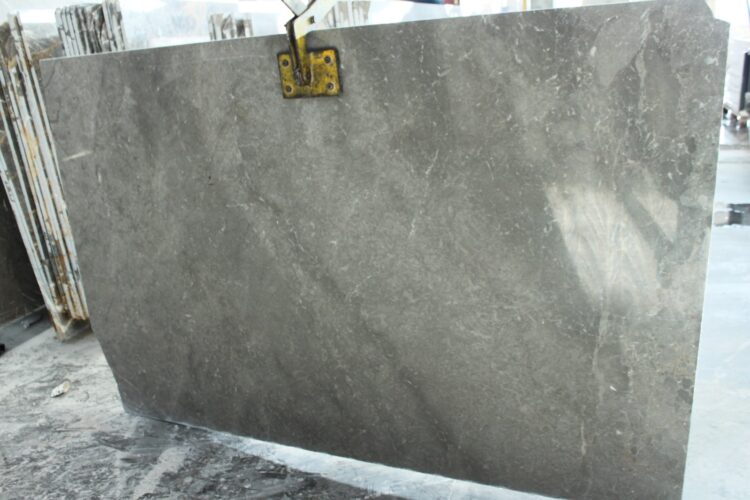Turkey’s mining sector is undergoing a significant transformation driven by digitalization and the integration of new technologies. One of the most noteworthy aspects of this transformation is the incorporation of artificial intelligence into mining operations. In this exclusive interview with Mehmet Yılmaz, Chairman of the Board of the Turkish Mining Association, we delve into the role of artificial intelligence in the mining sector, its potential advantages, and the challenges it presents. Chairman Yılmaz shares insights into the innovations brought about by AI and its future impact on the industry.

What are the benefits of using artificial intelligence in the mining industry?
Artificial intelligence and machine learning technologies are at the peak of their popularity today. With new AI applications such as ChatGPT, these technologies seem to lead to a major transformation in all sectors. If we think about the mining industry in particular, we can make significant progress in the areas of efficiency and safety with the use of artificial intelligence. Moreover, many artificial intelligence applications have started to be used in mining enterprises today.
For example; by analysing data with artificial intelligence, we can more accurately predict the location and amount of mineral deposits. This reduces our drilling costs and allows us to use our resources more efficiently. By monitoring the performance of mining equipment, AI-based systems can predict maintenance needs and minimise downtime. By optimising mining processes, we can significantly reduce energy consumption and costs.
The use of artificial intelligence also brings significant advantages in terms of safety, which is a priority for our industry. Artificial intelligence is used in hazard detection and early warning systems to improve safety in some mining operations. For example, by analysing sensor data, we can detect sudden gas leaks, ground movements or other hazards in advance.
On the other hand, AI enables the integration of autonomous vehicles and robotic systems to take over dangerous tasks that require human intervention. This significantly reduces work accidents and ensures continuity of operations. Again, the use of artificial intelligence in environmental monitoring and management is becoming increasingly important. For example, with artificial intelligence applications, we can increase environmental sustainability by monitoring environmental parameters such as water and air quality and soil movements.
In summary, these benefits offered by artificial intelligence in the mining sector make significant contributions to our activities in terms of efficiency, safety and environmental sustainability in the sector.
Regarding the use of AI, what types of data are mining companies processing and how are they using it?
Today, there are pioneering mining companies that have brought artificial intelligence applications to their businesses. However, we cannot say that these applications are used in the entire sector yet. Some mining companies process various types of data, especially geological, operational, environmental and financial data, with artificial intelligence applications and use these data in the most beneficial way.
Geological and geophysical data are used to estimate the location and size of mineral deposits using artificial intelligence algorithms. This enables drilling operations to be more accurate. Operational data is used to predict equipment maintenance needs and minimise downtime. Artificial intelligence provides optimisation for the most efficient operation of machines.
On the other hand, safety data is used in hazard detection and early warning systems. Artificial intelligence increases occupational safety by detecting potential hazards in advance.
Environmental data is used to monitor and minimise the environmental impact of mining operations, while financial data is used for cost management and revenue projections. Production data is analysed to improve the efficiency of mining operations. Artificial intelligence also uses this data to determine the most appropriate production strategies.
Ultimately, artificial intelligence makes data analysis more accurate, faster and more effective in the mining industry, increasing operational efficiency, safety and environmental sustainability. I believe that these applications will become widespread throughout the industry over time.
Which risks can artificial intelligence detect in advance at the mine site? And what measures can these detections enable to take?
Artificial intelligence has the ability to detect various risks at the mine site in advance, and these detections can enable mining companies to take proactive measures. For example, AI can detect potential collapse risks by monitoring seismic activity or detect the movement of rocks and ground underground and warn against sudden collapse risks. Or it can detect dangerous gas leaks by continuously monitoring levels of methane, carbon monoxide and other dangerous gases. Monitor the efficiency of ventilation systems to ensure adequate airflow.
We can also benefit from artificial intelligence in environmental hazards, which the industry emphasises sensitively. In this way, we can detect chemical leaks or contamination by monitoring water quality, or identify environmental pollution risks by monitoring soil and air quality.
As the Turkish Miners’ Association, we always say “people first”. Therefore, the safety and health of employees is more important to us than anything else. By integrating artificial intelligence into our businesses, we can monitor the fatigue and stress levels of employees and take necessary measures to prevent occupational accidents. We can also monitor our employees’ use of personal protective equipment and detect deficiencies and violations.
These are just a few of the areas where we can use artificial intelligence. With the use of artificial intelligence, we can identify risks in mining sites in advance, protect the health of our employees and the people of the region, and minimise environmental impacts.
Which technological developments does artificial intelligence lead to in the mining industry?
The widespread use of artificial intelligence in the mining industry naturally leads to various technological developments. Autonomous mining vehicles are one of the best examples. Autonomous trucks and excavators equipped with artificial intelligence can now operate in mine sites without human intervention. These vehicles perceive their surroundings using sensors and cameras and can operate safely.
On the other hand, robots designed to undertake difficult and dangerous tasks have started to be used in mine sites. These robots can perform tasks such as explosive placement, tunnelling and maintenance.
Trainings and simulations can be carried out with virtual and augmented reality applications. Artificial intelligence-supported VR and AR technologies provide a more effective and safer learning environment by simulating employee training and safety procedures.
All of these technological developments lead to significant advances in terms of safety, efficiency and sustainability in the mining industry.
How is artificial intelligence used in the study of geological layers and what benefits does it provide?
The use of artificial intelligence in the study of geological layers is revolutionising the geosciences and mining industry, enabling safer, more efficient and sustainable operations.
As is well known, geological data often consists of large and complex data sets. Artificial intelligence analyses these data quickly and accurately to determine the characteristics of the layers. Data obtained using satellite images, ground radars and other geophysical imaging techniques are processed with artificial intelligence algorithms and the structure of geological layers is determined. Fast and accurate analysis of large data sets minimises human error and provides more reliable results.
Artificial intelligence can also be used to create three-dimensional models of underground structures. These models help to more accurately predict the location and distribution of mineral deposits and other natural resources.
Moreover, simulations of ground movements, pressure changes and other geological processes can be performed using artificial intelligence. This helps to identify potential hazards in advance and take precautions.
What is the importance of the mining sector for Turkey’s economy and how does the use of artificial intelligence contribute in this respect?
The mining sector has a strategic importance for the Turkish economy. Our country has important mineral deposits around the world and the export of these minerals increases Turkey’s foreign exchange revenues. Especially chrome, boron, marble and other metallic minerals stand out among the export items of our country.
Our annual foreign trade deficit is approximately 100 billion dollars. Most of this deficit is due to imports of oil, natural gas, minerals and metals. In 2023, we paid $53 billion for only 4 items: $30 billion for gold imports, $10 billion for coal and petcoke imports, $7.5 billion for aluminium imports, and $5.5 billion for copper imports. We must question why we pay tens of billions of dollars every year for mineral and metal imports when we have domestic mineral resources.
On the other hand, the mining sector makes a significant contribution to Turkey’s Gross Domestic Product (GDP) and directly and indirectly creates employment for approximately 1 million people. Therefore, our sector is an important source of employment for both the labourers working in mining sites and the sub-industries that provide services to this sector.
I would like to emphasise once again that the mining sector plays a locomotive role in Turkey’s economic development. The use of artificial intelligence can further increase the economic contribution of this sector by increasing productivity, reducing costs, improving safety and ensuring environmental sustainability. Therefore, investments in AI technologies will help Turkey’s mining sector to have a more competitive and sustainable future.






















 +90 532 585 51 95
+90 532 585 51 95 +90 532 585 51 95
+90 532 585 51 95